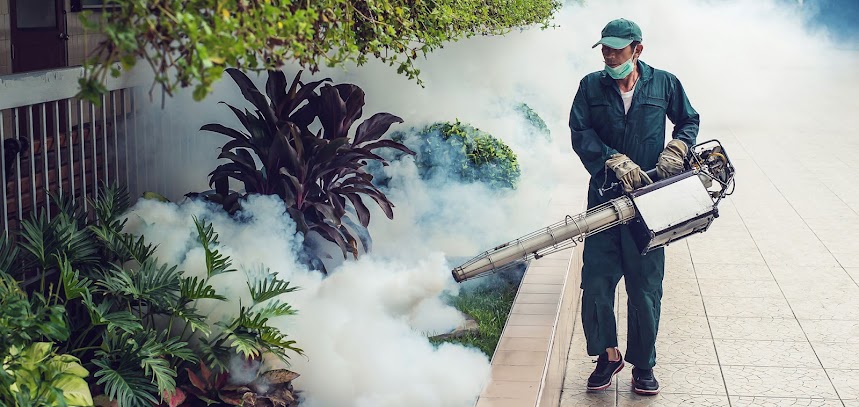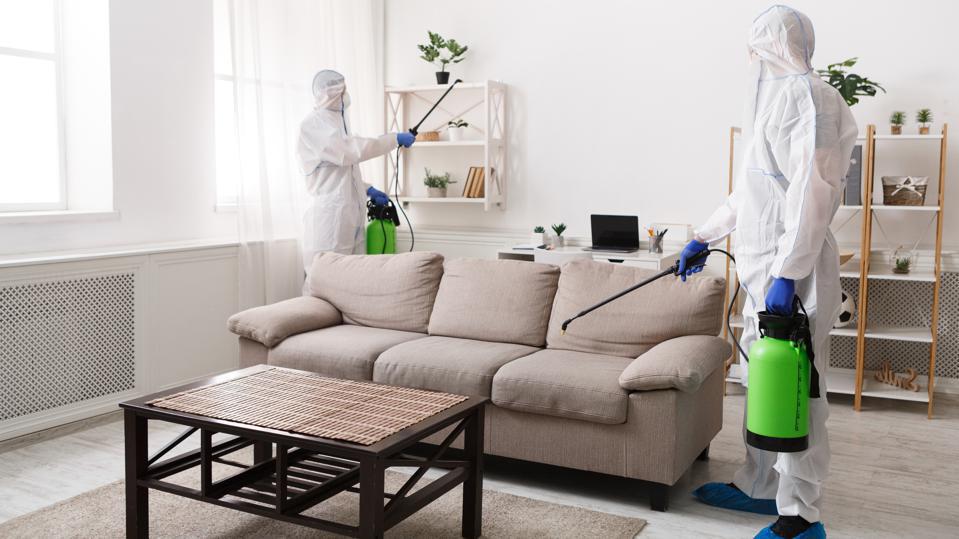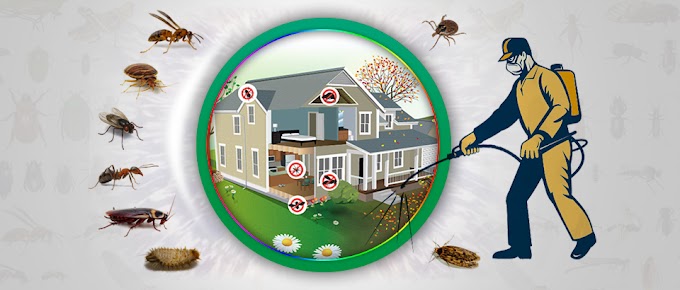Welcome to the ultimate guide on pest extermination, where we delve into the art of eliminating pests effectively. Dealing with pests can be a distressing experience, whether it's the invasion of insects, rodents, or other unwanted creatures. Not only do they pose health risks, but pests can also cause significant damage to property. To protect your home or business, it's essential to adopt proven pest extermination techniques and preventive measures. In this article, we will cover various aspects of pest extermination, providing you with valuable insights and actionable tips to regain control of your living or working space.
Pest Extermination: Understanding the Basics
In this section, we'll discuss the fundamentals of pest extermination, including what pests are, common types of pests, and the significance of eradicating them promptly.
What Are Pests?
Pests are unwanted organisms that intrude into our living or working spaces, causing harm to health, property, and the environment. They can be insects, rodents, birds, or other wildlife.
The Importance of Prompt Pest Extermination
Pests multiply rapidly, and delaying their removal can lead to exponential growth in their population, making eradication more challenging. Timely extermination is crucial to prevent further infestation and damage.
Common Types of Pests
Understanding the various types of pests is essential to develop effective extermination strategies. Let's explore some common pests found in residential and commercial spaces.
Cockroaches
Cockroaches are resilient pests known for their ability to survive in extreme conditions. They are associated with the spread of bacteria and allergens, making them a serious health concern. Their adaptability allows them to infest homes, businesses, and even survive in highly unsanitary environments. Effective control and prevention measures are essential to manage their presence.
Bed Bugs
Bed bugs are small, reddish-brown insects that thrive in warm environments and are notorious for feeding on human blood. They hide in cracks, crevices, and furniture, making them difficult to detect and eradicate. Infestations can lead to discomfort, sleepless nights, and psychological stress. Effective pest control and hygiene practices are essential to managing and preventing bed bug infestations.
Termites
Termites are small, social insects that cause significant damage to wooden structures and buildings. They feed on cellulose-based materials such as wood, paper, and cardboard, leading to costly repairs and weakened structural integrity. Often referred to as "silent destroyers," termites can go unnoticed until extensive damage has been done. Early detection and prevention are crucial to protecting properties from termite infestations.
Rats and Mice
Rats and mice are stealthy intruders that pose significant risks to both homes and businesses. Beyond causing property damage, they are carriers of harmful diseases, spreading bacteria and viruses through their droppings and urine. Effective pest control is essential to prevent infestations and protect the health and safety of occupants. Taking proactive steps can help manage and eliminate these unwanted guests.
Mosquitoes
Ants are tireless foragers, constantly on the hunt for food to feed their colonies. Their persistence can turn into a nuisance as they explore homes and businesses in search of crumbs or sweet treats. Their small size allows them to squeeze into even the smallest crevices, making them difficult to eliminate once they find a food source. Effective prevention and removal methods are essential to managing these persistent pests.
DIY Pest Extermination vs. Professional Pest Control Services
Here, we'll weigh the pros and cons of DIY pest extermination and hiring professional pest control services.
The Case for DIY Pest Extermination
DIY methods may be cost-effective for minor pest issues, and some individuals prefer natural or non-toxic solutions.
The Benefits of Professional Pest Control Services
Professional pest control services offer expertise, specialized equipment, and potent chemicals to tackle severe infestations effectively.
Effective Pest Extermination Techniques
In this section, we'll delve into various pest extermination techniques, highlighting their strengths and proper usage.
Chemical Pesticides: Targeted Elimination
Chemical pesticides are widely used for swift and targeted pest elimination. They come in various formulations for different pests.
Integrated Pest Management (IPM): Eco-Friendly Approach
IPM combines multiple strategies, including biological control, habitat modification, and pesticide use, to manage pests while minimizing environmental impact.
Exclusion Methods: Keeping Pests Out
Sealing cracks, gaps, and entry points prevents pests from invading your living or working space in the first place.
Biological Control: Natural Predators
Introducing natural predators like ladybugs or nematodes can help control certain pests without resorting to chemical interventions.
Preventing Future Infestations
Prevention is key to avoiding recurring pest problems. Here are essential tips to keep your property pest-free.
Maintain Cleanliness
Regularly clean your living or working space, including storage areas and kitchens, to eliminate potential food sources for pests.
Proper Waste Management
Dispose of waste properly and ensure garbage bins have secure lids to deter pests from rummaging through trash.
Landscaping and Pest Control
Trim plants and bushes away from the building, as overgrown foliage can become a breeding ground for pests.
Sealing Entry Points
Inspect and seal any cracks or openings in doors, windows, and walls to prevent pests from sneaking inside.
Regular Pest Inspections
Schedule routine pest inspections to catch any signs of infestation early and address them promptly.
FAQs
Are chemical pesticides harmful to pets and humans?
When used as directed, chemical pesticides are generally safe. However, it's essential to keep pets and children away from treated areas until the pesticide has dried.
How can I identify termite infestation in my home?
Look for mud tubes, damaged or hollow-sounding wood, discarded wings, and piles of frass (termite excrement) as signs of a termite infestation.
Can I use essential oils to repel pests?
Some essential oils like peppermint, lavender, and eucalyptus have repellent properties, but their effectiveness may vary.
Why is professional pest control more reliable than DIY methods?
Professional exterminators have in-depth knowledge, training, and access to powerful chemicals, ensuring effective and lasting pest eradication.
How often should I schedule pest inspections?
For residential properties, an annual inspection is usually sufficient. However, in areas prone to severe infestations, bi-annual inspections are recommended.
Are there eco-friendly pest extermination options?
Yes, integrated pest management (IPM) and certain natural repellents offer eco-friendly solutions for pest control.
Conclusion
Eradicating pests from your living or working space requires a combination of vigilance, knowledge, and appropriate measures. By understanding the different types of pests and the most effective extermination techniques, you can reclaim control and maintain a pest-free environment. Whether you choose to tackle the problem yourself or enlist the help of professionals, taking proactive steps to prevent future infestations is equally important. Keep your property safe, healthy, and free from pests by implementing the valuable insights shared in this comprehensive pest extermination guide.









